Growing Focus on Safety and Durability
The Automotive Ceramics Market is witnessing a growing emphasis on safety and durability in vehicle design. As consumers become more safety-conscious, manufacturers are integrating advanced ceramic materials into critical components such as brakes and structural elements. Ceramics offer superior wear resistance and can withstand extreme conditions, making them ideal for enhancing vehicle safety. Recent studies suggest that the incorporation of ceramics can significantly improve the lifespan and reliability of automotive parts. This focus on safety and durability is expected to drive demand for ceramics, positioning the Automotive Ceramics Market for sustained growth.
Rising Demand for Lightweight Materials
The Automotive Ceramics Market is experiencing a notable increase in demand for lightweight materials, driven by the automotive sector's focus on enhancing fuel efficiency and reducing emissions. Lightweight ceramics, such as silicon carbide and alumina, are being integrated into vehicle components to achieve these objectives. According to recent data, the use of lightweight materials can lead to a reduction in vehicle weight by up to 30%, which directly correlates with improved fuel economy. As manufacturers strive to meet stringent environmental regulations, the shift towards lightweight automotive ceramics is likely to accelerate, positioning this segment as a key driver in the Automotive Ceramics Market.
Increasing Adoption of Electric Vehicles
The transition towards electric vehicles (EVs) is reshaping the Automotive Ceramics Market. As EVs gain traction, the demand for high-performance ceramic materials is expected to rise, particularly in battery systems and thermal management applications. Ceramics are increasingly utilized in components such as insulators and substrates, which are critical for the efficient operation of electric drivetrains. Market analysis indicates that the EV segment could account for a substantial share of the automotive ceramics demand, as manufacturers seek materials that can withstand high temperatures and provide electrical insulation. This trend is likely to propel the Automotive Ceramics Market forward.
Advancements in Manufacturing Technologies
Innovations in manufacturing technologies are significantly influencing the Automotive Ceramics Market. Techniques such as additive manufacturing and advanced sintering processes are enabling the production of complex ceramic components with enhanced performance characteristics. These advancements not only improve the mechanical properties of ceramics but also reduce production costs and time. For instance, the introduction of 3D printing material in ceramics allows for the creation of intricate designs that were previously unattainable. As these technologies continue to evolve, they are expected to expand the application range of ceramics in automotive components, thereby driving growth in the Automotive Ceramics Market.
Regulatory Pressure for Emission Reductions
Regulatory frameworks aimed at reducing vehicular emissions are exerting pressure on the Automotive Ceramics Market. Governments worldwide are implementing stringent emission standards, compelling automotive manufacturers to adopt advanced materials that can enhance engine efficiency and reduce pollutants. Ceramics, known for their thermal stability and resistance to wear, are increasingly being used in exhaust systems and catalytic converters. The market is projected to grow as manufacturers seek to comply with these regulations while maintaining performance. This regulatory landscape is likely to serve as a catalyst for innovation and investment in the Automotive Ceramics Market.


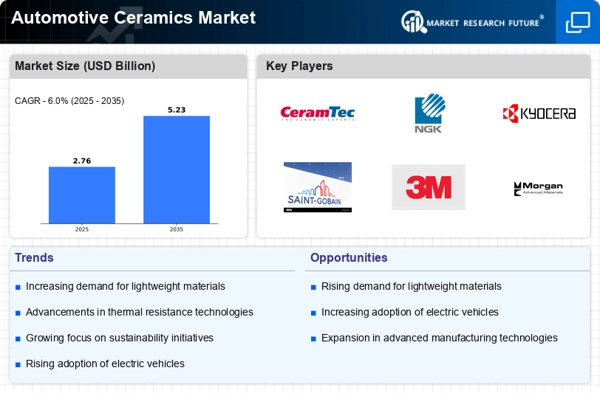


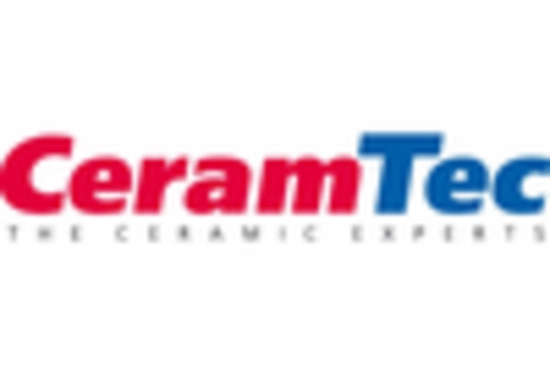
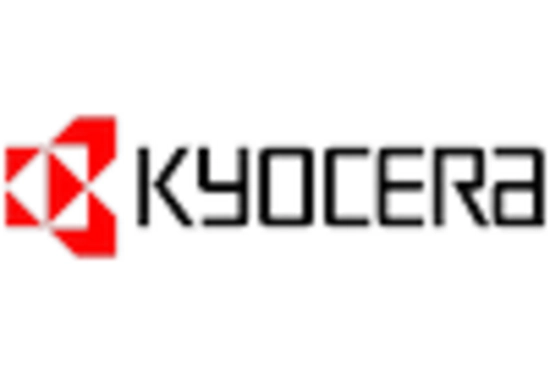
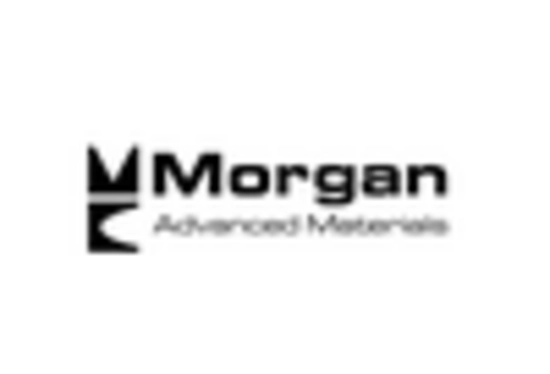

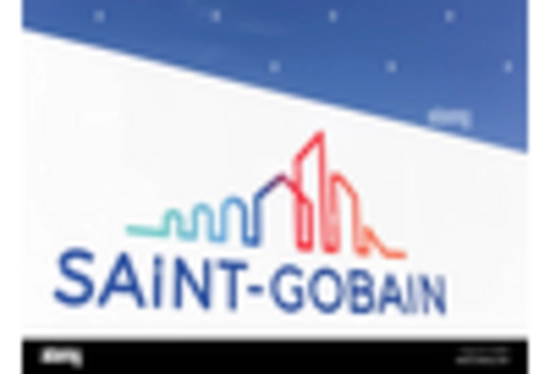








Leave a Comment